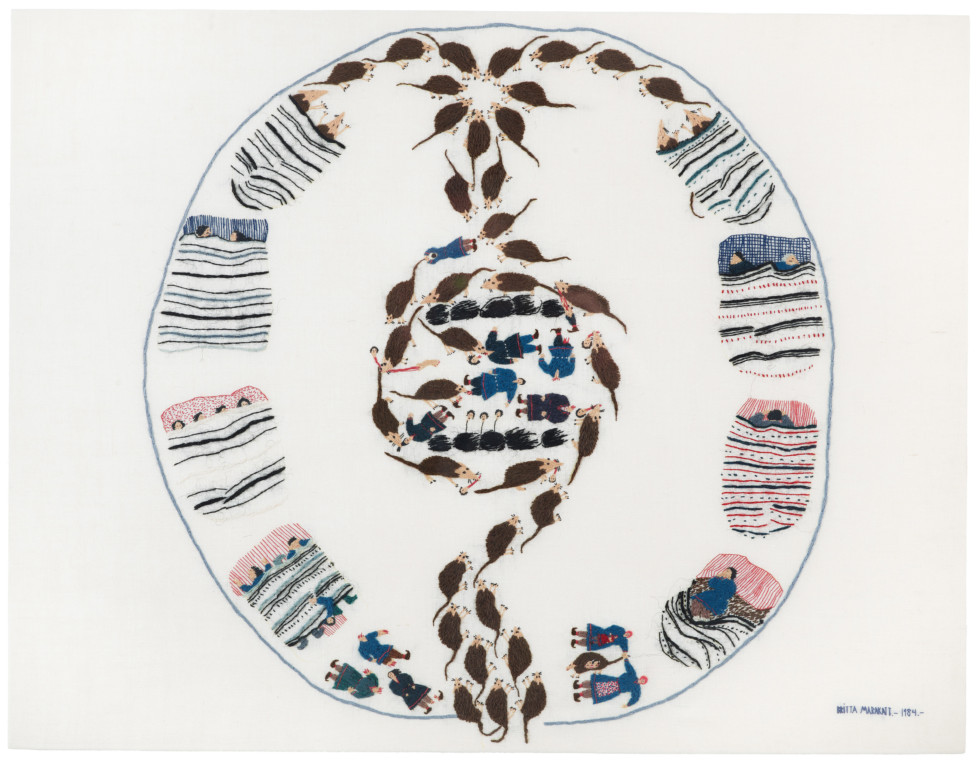
© Britta Marakatt-Labba/Bildupphovsrätt 2025
Britta Marakatt-Labba
Where Each Stitch Breathes/Juohke sákkaldat vuoigŋá
Stockholm, 14.6 2025 – 30.11 2025
Britta Marakatt-Labba was born in 1951 in Idivuoma in Sápmi, into a Northern Sámi reindeer herding family. For many years now, she has lived and worked in Övre Soppero, in the middle of Sápmi and the very north of Sweden.
The exhibition includes around sixty of her works from 1968 to the present day – embroideries, installations, graphic works, drawings and sculptures in wood, stone and bronze.
Embroidery as storytelling – and testimony
For almost fifty years, Britta Marakatt-Labba has highlighted Sámi culture, history and struggle in her art, and above all through narrative embroidery.
Her work depicts the interaction between humans, animals and nature: working with reindeer herds, snow-covered expanses and mountains, the Sámi goddesses and primordial mothers. At the same time, the motifs are testimony to how the Sámi culture and way of life are threatened by the majority society.
The origin of Britta Markatt-Labba’s visual world and choice of materials can be found in her upbringing where she was surrounded by the oral Sámi storytelling tradition and by duodji, which has a broader meaning than handicraft or craft. Duodji is both a creative process and an aesthetic expression, and involves as much respect for the material as for the meanings that belong to and arise in the processing of it.
“Historjá” and breakthrough
In the exhibition, the audience encounters the 24-metre-long epic and panoramic embroidery “Historjá” (2003–2007). The scenes are constructed by hundreds of thousands of small stitches on linen and tell the story of the Sámi people’s life, history and worldview.
Mythological time meet the present, the artist’s own personal memories are mixed with the collective memories of the Sámi people, the visible world is depicted in parallel with the invisible. Not least, the work tells of resistance, such as the Kautokeino rebellion of 1852 – an important turning point in the fight for Sámi rights and political independence.
With “Historjá”, Britta Marakatt-Labba reached a wider international audience in 2017, at Documenta in Kassel, one of the world’s largest exhibitions for contemporary art. In other words, it took an international success for the rest of the Nordic countries, outside of Sápmi, to pay attention to her work on a larger scale.
The work has been compared to the Bayeux Tapestry, and in the spring of 2025, the reputable art magazine ArtNews named “Historjá” one of the most important works of art of the century.
“The climate crisis is here”
Britta Marakatt-Labba became engaged in political issues early on. Among other things, she participated in the fight against the expansion of the Alta River in the late 1970s and early 1980s, an event she also depicted in the work “Garjját” (“The Crows”, 1981). Her great social commitment plays an important role in her artistic work and is, then as now, an inspiration for new generations’ fight for the environment and Sámi rights.
One of the most burning issues for Sámi culture and future, here and now, is climate change. The rapid increase in temperature in the Sápmi mountains occupies much of her artistic work and thoughts:
– We talk about climate change, but it’s no longer “change” but a crisis that is already here. For how many years can we expect snow to actually fall in our areas? How much of Sápmi will mining and wind mills take up? Things are moving fast now.
The full-length press release (PDF)
Introduction/wall text in the exhibition (PDF)
Exhibition leaflet (PDF)
Audio guide in English: https://guide.modernamuseet.se/stockholm/en/collection/britta-marakatt-labba/
More about the exhibition and catalogue
“Where Each Stitch Breathes” at Moderna Museet is the result of a close collaboration between Britta Marakatt-Labba and the curator Matilda Olof-Ors. It is a revised version of the exhibition ”Moving the needle”, which was produced by and shown at the National Museum of Art, Architecture and Design in Oslo (15 March–25 August 2024) and shown in another version, “In the Footsteps of the Stars”, at the Kin Museum of Contemporary Art in Kiruna (23 October 2024–16 March 2025).
Moderna Museet publishes a 304-page exhibition catalogue with texts in Swedish, Northern Sami and English. The catalogue is distributed by Verlag der Buchhandlung Walther und Franz König, Cologne
In December 2025, Moderna Museet will present a solo exhibition with the Sámi sculptor and scenographer Aage Gaup (1943–2021), who was part of the same artist group as Britta Marakatt-Labba, called the Máze group/Mázejoavku.
More about the artist
Britta Marakatt-Labba is a member of the Indigenous Sámi people, whose traditional homeland, Sápmi, extends across parts of present-day Norway, Sweden, Finland, and Russia.
Britta Marakatt-Labba was educated at the Sunderby Folk High School outside Luleå and the Academy of Design and Crafts (HDK) in Gothenburg.
She was a member of the radical Máze Group/Mázejoavku, which was active from 1978 to 1983 and crucial to the renewal of the Sami cultural scene.
Since the 1980s, Britta Marakatt-Labba’s work has been purchased primarily by municipalities, regions, companies and organisations in the North. It took an international success at Documenta 2017 for the rest of the Nordic countries, outside of Sápmi, to pay greater attention to her work.

© Britta Marakatt-Labba/Bildupphovsrätt 2025
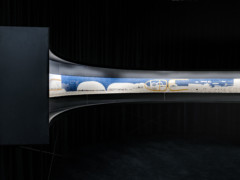
© Britta Marakatt-Labba/Bildupphovsrätt 2025
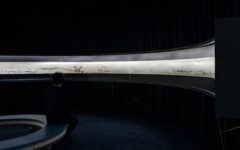
© Britta Marakatt-Labba/Bildupphovsrätt 2025
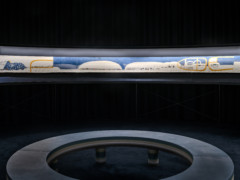
© Britta Marakatt-Labba/Bildupphovsrätt 2025
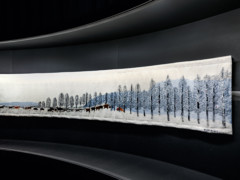
© Britta Marakatt-Labba/Bildupphovsrätt 2025 Bildupphovsrätt
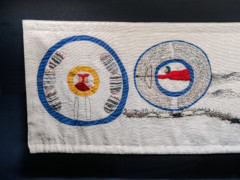
© Britta Marakatt-Labba/Bildupphovsrätt 2025
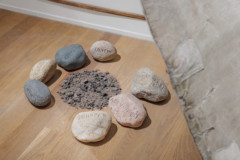
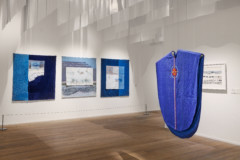
Giron I–III/Kiruna I–III, 1990.
Báhpaluhkka/Chasuble, 2009.
Mátki II/The Journey II, 1989/2021.
Photo: My Matson/Moderna Museet © Britta Marakatt-Labba/Bildupphovsrätt 2025
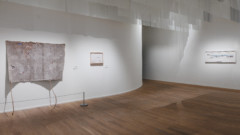
Johtin I/ The Move 1, 2016.
Bestojuvvon/Liberated, 1985.
Guođoheaddjit/They Kept Watch by Night, 2009.
Photo: My Matson/Moderna Museet © Britta Marakatt-Labba/Bildupphovsrätt 2025
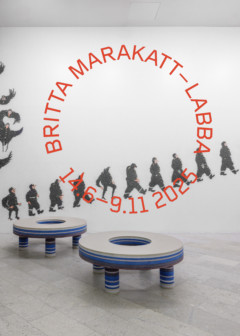
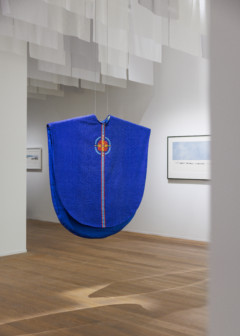
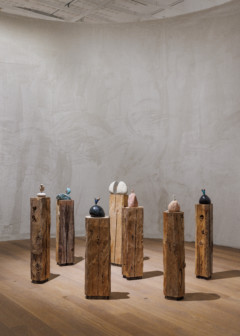
Máttaráhkká II/Primordial Mother II.
Máttaráhkku/ Primordial Mother.
Moai/The Two of Us.
Máttaráhkká I/Primordial Mother I.
Truvdna/ The Throne.
Sieidi.
Moai/The Two of Us.
Photo: My Matson/Moderna Museet © Britta Marakatt-Labba/Bildupphovsrätt 2025
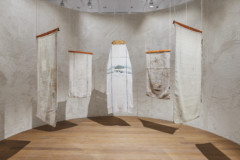
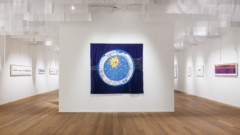
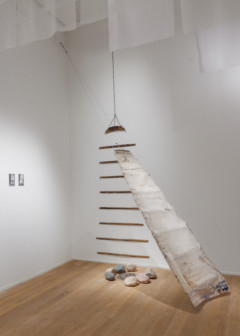
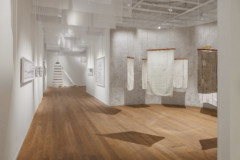
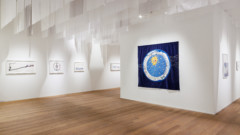
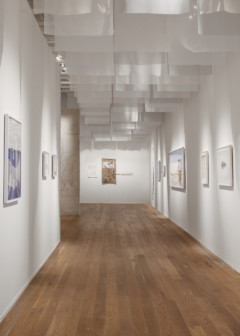
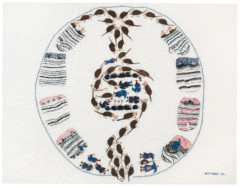
© Britta Marakatt-Labba/Bildupphovsrätt 2025
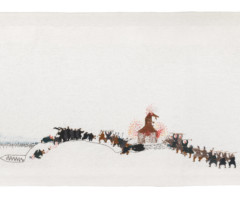
© Britta Marakatt-Labba/Bildupphovsrätt 2025
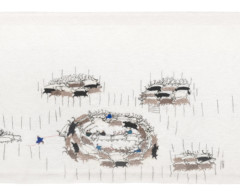
© Britta Marakatt-Labba/Bildupphovsrätt 2025
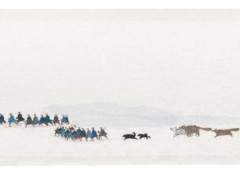
© Britta Marakatt-Labba/Bildupphovsrätt 2025
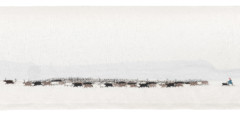
© Britta Marakatt-Labba/Bildupphovsrätt 2025
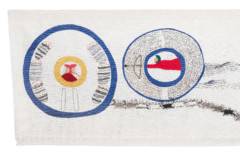
© Britta Marakatt-Labba/Bildupphovsrätt 2025

© Britta Marakatt-Labba/Bildupphovsrätt 2025
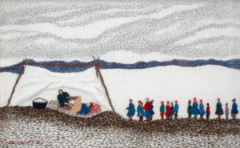
© Britta Marakatt-Labba/Bildupphovsrätt 2025

© Britta Marakatt-Labba/Bildupphovsrätt 2025
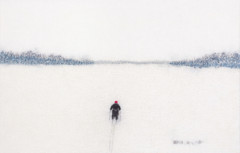
© Britta Marakatt-Labba/Bildupphovsrätt 2025
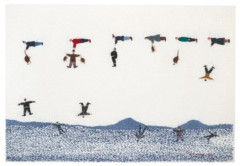
© Britta Marakatt-Labba/Bildupphovsrätt 2025
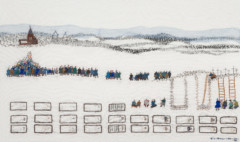
© Britta Marakatt-Labba/Bildupphovsrätt 2025
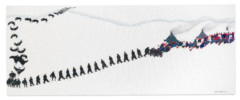
© Britta Marakatt-Labba/Bildupphovsrätt 2025
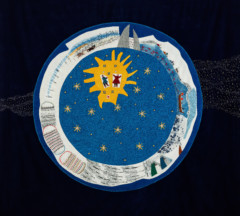
© Britta Marakatt-Labba/Bildupphovsrätt 2025
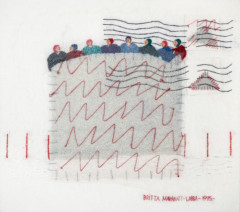
© Britta Marakatt-Labba/Bildupphovsrätt 2025
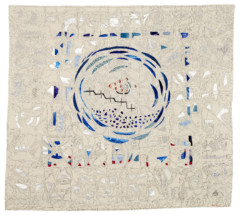
© Britta Marakatt-Labba/Bildupphovsrätt 2025
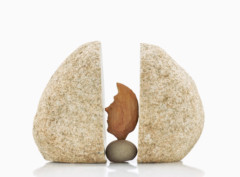
© Britta Marakatt-Labba/Bildupphovsrätt 2025
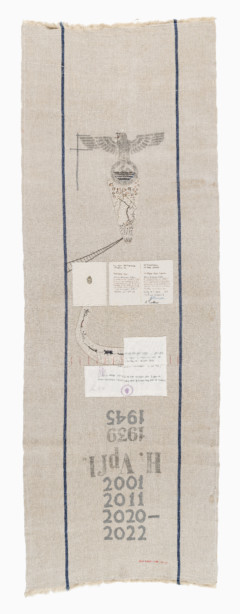
© Britta Marakatt-Labba/Bildupphovsrätt 2025
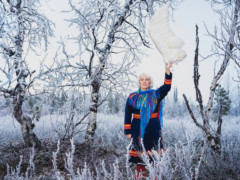
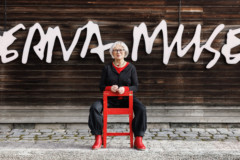
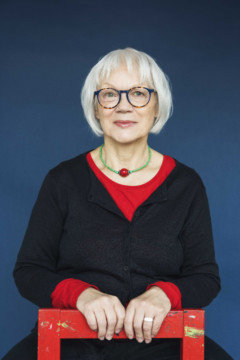
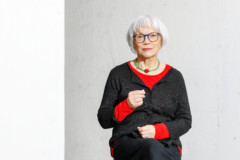
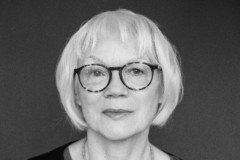
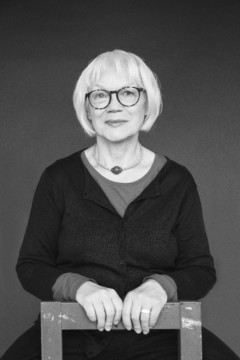

© Britta Marakatt-Labba/Bildupphovsrätt 2025

© Britta Marakatt-Labba/Bildupphovsrätt 2025 Bildupphovsrätt

© Britta Marakatt-Labba/Bildupphovsrätt 2025
